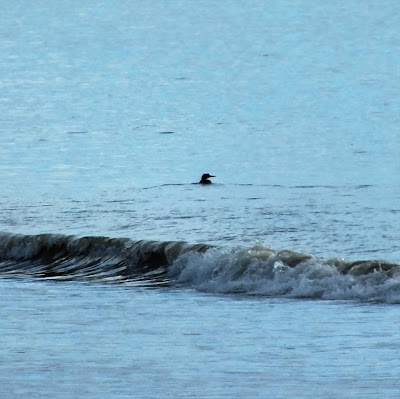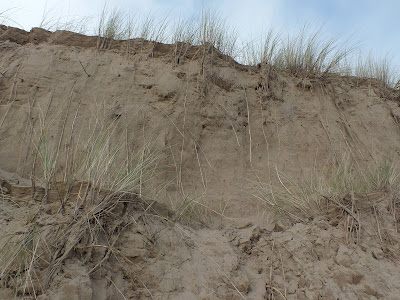Saturday 27th February

Winters end..... With February drawing to a close the weather seems to have settled down a bit and today, although overcast was dry and cold with the wind not as strong or as bitter as forecast. I spent five hours walking around the reserve and it was magical... 73 Common Snipe and 2 Jack Snipe off the upper marsh were the best records of the day. On the beach was the first dead sea bird that I have found which was a Gannet it appears to be an adult, not long dead although the left foot was missing? Gannet, I've just realised how dreadful the picture looks The powerful bill says it all for this master fisher Despite all the storms so far this winter its remarkable that this is the first bird I've found, the rough weather will have had a negative affect on the feeding abilities of the Auk family amongst other. This afternoon I put out some traps at home and ringed two Starling and two Robins. Then I returned to Pembrey to sit out hoping to see s





